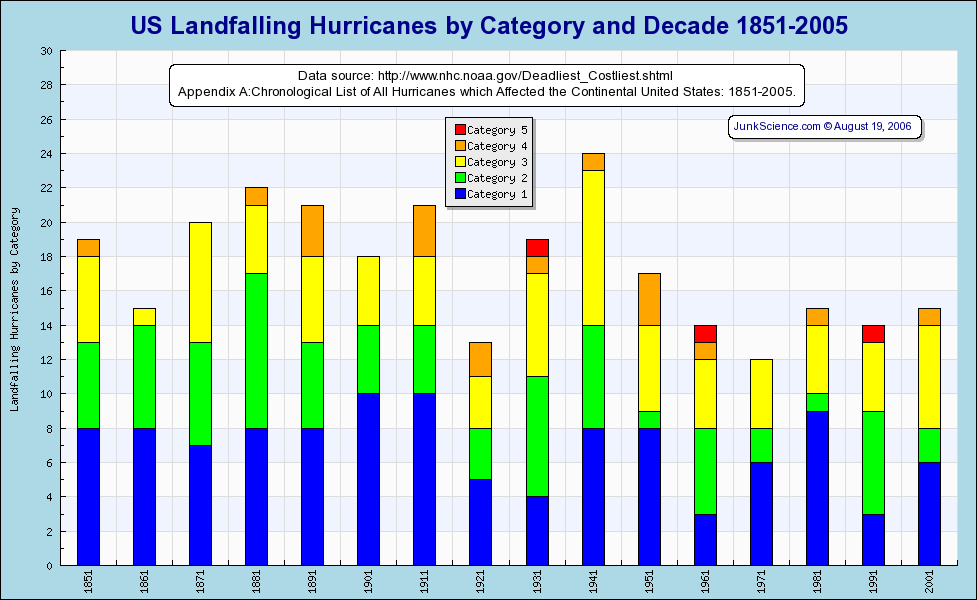Extreme Weather
Published
Last Update
By Brian Donegan Source FOX Weather
03:34
Nearly eight-dozen hurricane or tropical storm names have been retired from future use in the Atlantic Basin.
A committee of the World Meteorological Organization is responsible for creating each year’s tropical cyclone name list. The National Hurricane Center then assigns these names, in alphabetical order, to any system that becomes a tropical storm (39-plus-mph winds) or hurricane (74-plus-mph winds) in the Atlantic Basin, which includes the Atlantic Ocean, Caribbean Sea and Gulf of Mexico.
The hurricane name lists rotate every six years, so the 2022 list was last used in 2016. However, if any storms from the list are particularly destructive and/or deadly, the WMO can vote to retire their names from being used again in the future, such was the case with hurricanes Harvey (2017), Katrina (2005), Michael (2018) and Sandy (2012).
HURRICANE HARVEY: BY THE NUMBERS
Including the 2021 hurricane season, 94 names of hurricanes or tropical storms in the Atlantic have been officially retired by the WMO since the practice began in 1954.
The most recent retiree hurricane name is Hurricane Ida from 2021.
Ida made landfall in southeastern Louisiana as a Category 4 hurricane on Aug. 29 with maximum sustained winds of around 150 mph and a powerful 14-foot storm surge. But the storm's effects were also felt up the entire Eastern Seaboard, with tornadoes and flooding reported as north as New England.
Hurricane Ida was blamed for the deaths of more than 100 people, and its estimated damages topped $75 billion from the Caribbean to New England. The storm's destruction was enough to propel the storm to the fifth-costliest hurricane in U.S. history, ranking just behind Katrina, Harvey, Maria and Sandy, respectively.
IDA RETIRED FROM TROPICAL CYCLONE NAMING LIST AFTER BECOMING 5TH COSTLIEST U.S. HURRICANE
Following the record-shattering 2020 hurricane season, the WMO voted to retire three names from future use: Laura, Eta and Iota.
At Category 4 intensity on the Saffir-Simpson Hurricane Wind Scale, Laura was the strongest hurricane to make landfall in southwestern Louisiana since records began in 1851, according to the National Weather Service office in Lake Charles, Louisiana.
Eta and Iota both devastated Central America within a two-week span in November 2020. NASA said Iota was the year’s strongest hurricane, with maximum sustained winds reaching 160 mph (Category 5).
NASA said Iota was the year’s strongest hurricane, with maximum sustained winds reaching 160 mph (Category 5).
HOW TO WATCH FOX WEATHER ON TV
The 2005 hurricane season saw the most storm names retired of any year, with five: Dennis, Katrina, Rita, Stan and Wilma. In 2017, there were four names retired: Harvey, Irma, Maria and Nate.
Since 1954, only 19 years did not have a retired hurricane or tropical storm; the most recent year was 2014.
A tropical cyclone name doesn’t need to become a major hurricane (Category 3, 4 or 5) to be retired by the WMO. A notable number of storms have been retired because of deadly flooding in the Caribbean islands, Central America, Mexico or the United States. Nate in 2017 was the most recent example of this, as it was only a Category 1 hurricane, but its heavy rain caused significant impacts in Central America and resulted in 44 deaths.
HOW ARE HURRICANES RATED? THE SAFFIR-SIMPSON HURRICANE WIND SCALE EXPLAINED
Two retired storm names in the Atlantic were never even hurricanes: Tropical Storm Erika in 2015 and Tropical Storm Allison in 2001.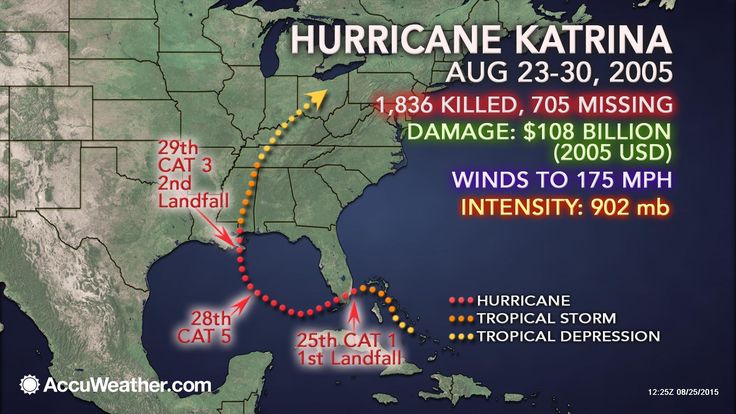
Thirty deaths were directly blamed on Erika’s torrential rain and flooding on the island of Dominica.
Allison caused $9 billion in damage, mostly in the Houston area, after more than 40 inches of rain fell in parts of southeastern Texas. It was responsible for 41 deaths and was one of Houston’s worst floods on record until Harvey in 2017.
Analyses & Forecasts
▾
Data & Tools
▾
Educational Resources
▾
Archives
 Pacific Current Season Summary
Pacific Current Season Summary▾
About
▾
Search
Search ForNWS All NOAA
▾
Climatology | Names | Wind Scale | Extremes | Models | Breakpoints
Experience shows that the use of short, distinctive names in written as well as spoken communications is quicker and less subject to error than the older, more cumbersome latitude-longitude identification methods. These advantages are especially important in exchanging detailed storm information between hundreds of widely scattered stations, coastal bases, and ships at sea.
These advantages are especially important in exchanging detailed storm information between hundreds of widely scattered stations, coastal bases, and ships at sea.
The use of easily remembered names greatly reduces confusion when two or more tropical storms occur at the same time. For example, one hurricane can be moving slowly westward in the Gulf of Mexico, while at exactly the same time another hurricane can be moving rapidly northward along the Atlantic coast. In the past, confusion and false rumors have arisen when storm advisories broadcast from radio stations were mistaken for warnings concerning an entirely different storm located hundreds of miles away.
Can I have a tropical cyclone named for me?
For several hundred years many hurricanes in the West Indies were named after the particular saint's day on which the hurricane occurred. Ivan R. Tannehill describes in his book "Hurricanes" the major tropical storms of recorded history and mentions many hurricanes named after saints.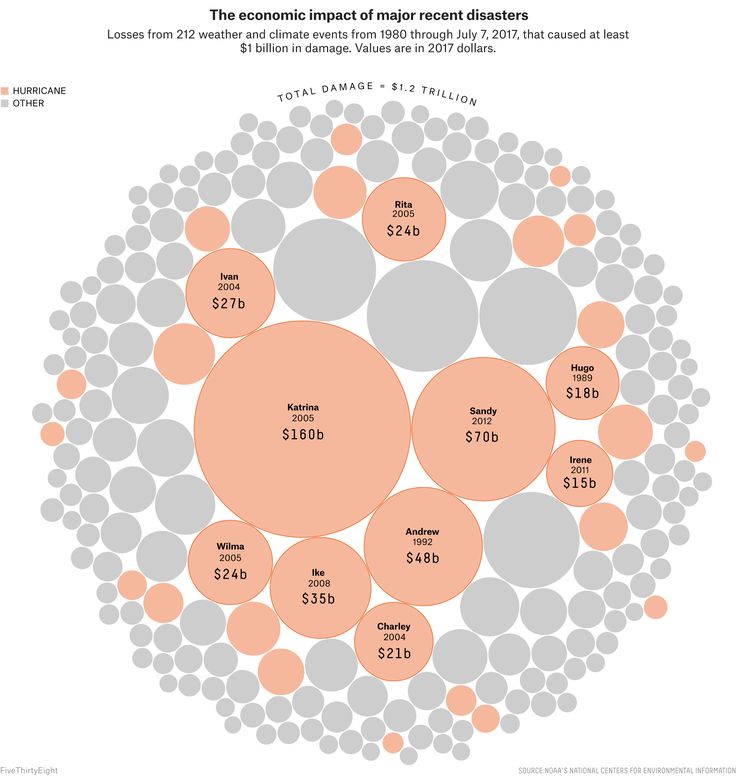 For example, there was "Hurricane Santa Ana" which struck Puerto Rico with exceptional violence on July 26, 1825, and "San Felipe" (the first) and "San Felipe" (the second) which hit Puerto Rico on September 13 in both 1876 and 1928.
For example, there was "Hurricane Santa Ana" which struck Puerto Rico with exceptional violence on July 26, 1825, and "San Felipe" (the first) and "San Felipe" (the second) which hit Puerto Rico on September 13 in both 1876 and 1928.
Tannehill also tells of Clement Wragge, an Australian meteorologist who began giving women's names to tropical storms before the end of the 19th century.
An early example of the use of a woman's name for a storm was in the novel "Storm" by George R. Stewart, published by Random House in 1941, and since filmed by Walt Disney. During World War II this practice became widespread in weather map discussions among forecasters, especially Army and Navy meteorologists who plotted the movements of storms over the wide expanses of the Pacific Ocean.
In 1953, the United States abandoned a confusing two-year old plan to name storms by a phonetic alphabet (Able, Baker, Charlie) when a new, international phonetic alphabet was introduced. That year, the United States began using female names for storms.
The practice of naming hurricanes solely after women came to an end in 1978 when men's and women's names were included in the Eastern North Pacific storm lists. In 1979, male and female names were included in lists for the Atlantic and Gulf of Mexico.
The NHC does not control the naming of tropical storms. Instead a strict procedure has been established by an international committee of the World Meteorological Organization.
For Atlantic hurricanes, there is a list of names for each of six years. In other words, one list is repeated every sixth year. The only time that there is a change is if a storm is so deadly or costly that the future use of its name on a different storm would be inappropriate for obvious reasons of sensitivity. If that occurs, then at an annual meeting by the committee (called primarily to discuss many other issues) the offending name is stricken from the list and another name is selected to replace it.
There is an exception to the retirement rule, however. Before 1979, when the first permanent six-year storm name list began, some storm names were simply not used anymore. For example, in 1966, "Fern" was substituted for "Frieda," and no reason was cited.
Below is a list of retired names for the Atlantic Ocean, Caribbean Sea, and the Gulf of Mexico. There are, however, a great number of destructive storms not included on this list because they occurred before the hurricane naming convention was established in 1950.
Can I have a tropical cyclone named for me?
| 1954 Carol Hazel Edna | 1955 Connie Diane Ione Janet | 1956 | 1957 Audrey | 1958 | 1959 | 1960 Donna | 1961 Carla Hattie | ||
| 1962 | 1963 Flora | 1964 Cleo Dora Hilda | 1965 Betsy | 1966 Inez | 1967 Beulah | 1968 | 1969 Camille | 1970 Celia | 1971 |
| 1972 Agnes | 1973 | 1974 Carmen Fifi | 1975 Eloise | 1976 | 1977 Anita | 1978 Greta | 1979 David Frederic | 1980 Allen | 1981 |
| 1982 | 1983 Alicia | 1984 | 1985 Elena Gloria | 1986 | 1987 | 1988 Gilbert Joan | 1989 Hugo | 1990 Diana Klaus | 1991 Bob |
| 1992 Andrew | 1993 | 1994 | 1995 Luis Marilyn Opal Roxanne | 1996 Cesar Fran Hortense | 1997 | 1998 Georges Mitch | 1999 Floyd Lenny | 2000 Keith | 2001 Allison Iris Michelle |
| 2002 Isidore Lili | 2003 Fabian Isabel Juan | 2004 Charley Frances Ivan Jeanne | 2005 Dennis Katrina Rita Stan Wilma | 2006 | 2007 Dean Felix Noel | 2008 Gustav Ike Paloma | 2009 | 2010 Igor Tomas | 2011 Irene |
| 2012 Sandy | 2013 Ingrid | 2014 | 2015 Erika Joaquin | 2016 Matthew Otto | 2017 Harvey Irma Maria Nate | 2018 Florence Michael | 2019 Dorian | 2020 Laura Eta Iota | 2021 Ida |
| Agnes | 1972 | |
| Alicia | 1983 | |
| Allen | 1980 | |
| Allison | 2001 | |
| Andrew | 1992 | |
| Anita | 1977 | |
| Audrey | 1957 | |
| Betsy | 1965 | |
| Beulah | 1967 | |
| Bob | 1991 | |
| Camille | 1969 | |
| Carla | 1961 | |
| Carmen | 1974 | |
| Carol | 1954 | |
| Celia | 1970 | |
| Cesar | 1996 | |
| Charley | 2004 | |
| Cleo | 1964 | |
| Connie | 1955 | |
| David | 1979 | |
| Dean | 2007 | |
| Dennis | 2005 | |
| Diana | 1990 | |
| Diane | 1955 | |
| Donna | 1960 | |
| Dora | 1964 | |
| Dorian | 2019 | |
| Edna | 1954 | |
| Elena | 1985 | |
| Eloise | 1975 | |
| Erika | 2015 | |
| Eta | 2020 | |
| Fabian | 2003 | |
| Felix | 2007 | |
| Fifi | 1974 | |
| Flora | 1963 | |
| Florence | 2018 | |
| Floyd | 1999 | |
| Fran | 1996 | |
| Frances | 2004 | |
| Frederic | 1979 | |
| Georges | 1998 | |
| Gilbert | 1988 | |
| Gloria | 1985 | |
| Greta | 1978 | |
| Gustav | 2008 | |
| Harvey | 2017 | |
| Hattie | 1961 | |
| Hazel | 1954 | |
| Hilda | 1964 | |
| Hortense | 1996 | |
| Hugo | 1989 | |
| Ida | 2021 | |
| Igor | 2010 | |
| Ike | 2008 | |
| Inez | 1966 | |
| Ingrid | 2013 | |
| Ione | 1955 | |
| Iota | 2020 | |
| Irene | 2011 | |
| Iris | 2001 | |
| Irma | 2017 | |
| Isabel | 2003 | |
| Isidore | 2002 | |
| Ivan | 2004 | |
| Janet | 1955 | |
| Jeanne | 2004 | |
| Joan | 1988 | |
| Joaquin | 2015 | |
| Juan | 2003 | |
| Katrina | 2005 | |
| Keith | 2000 | |
| Klaus | 1990 | |
| Laura | 2020 | |
| Lenny | 1999 | |
| Lili | 2002 | |
| Luis | 1995 | |
| Maria | 2017 | |
| Marilyn | 1995 | |
| Matthew | 2016 | |
| Michael | 2018 | |
| Michelle | 2001 | |
| Mitch | 1998 | |
| Nate | 2017 | |
| Noel | 2007 | |
| Opal | 1995 | |
| Otto | 2016 | |
| Paloma | 2008 | |
| Rita | 2005 | |
| Roxanne | 1995 | |
| Sandy | 2012 | |
| Stan | 2005 | |
| Tomas | 2010 | |
| Wilma | 2005 |
| 1965 Hazel | 1966 | 1967 | 1968 | 1969 | 1970 Adele | 1971 | |||
| 1972 | 1973 | 1974 | 1975 | 1976 | 1977 | 1978 Fico | 1979 | 1980 | 1981 |
| 1982 Iwa | 1983 | 1984 | 1985 | 1986 | 1987 Knut | 1988 Iva | 1989 | 1990 | 1991 Fefa |
| 1992 Iniki | 1993 | 1994 | 1995 Ismael | 1996 | 1997 Pauline Paka | 1998 | 1999 | 2000 | 2001 Adolph |
| 2002 Kenna | 2003 | 2004 Isis | 2005 | 2006 Ioke | 2007 | 2008 Alma | 2009 | 2010 | 2011 |
| 2012 | 2013 Manuel | 2014 Odile | 2015 Patricia | 2016 | 2017 | 2018 | 2019 | 2020 | 2021 |
| Adele | 1970 | |
| Adolph | 2001 | |
| Alma | 2008 | |
| Fefa | 1991 | |
| Fico | 1978 | |
| Hazel | 1965 | |
| Ioke | 2006 | |
| Isis | 2004 | |
| Ismael | 1995 | |
| Iniki | 1992 | |
| Iva | 1988 | |
| Iwa | 1982 | |
| Kenna | 2002 | |
| Knut | 1987 | |
| Manuel | 2013 | |
| Odile | 2014 | |
| Paka | 1997 | |
| Patricia | 2015 | |
| Pauline | 1997 |
In the event that more than twenty-one named tropical cyclones occur in the Atlantic basin in a season, or more than twenty-four named tropical cyclones in the eastern North Pacific basin, any additional storms will take names from an alternate list of names approved by the WMO for each basin.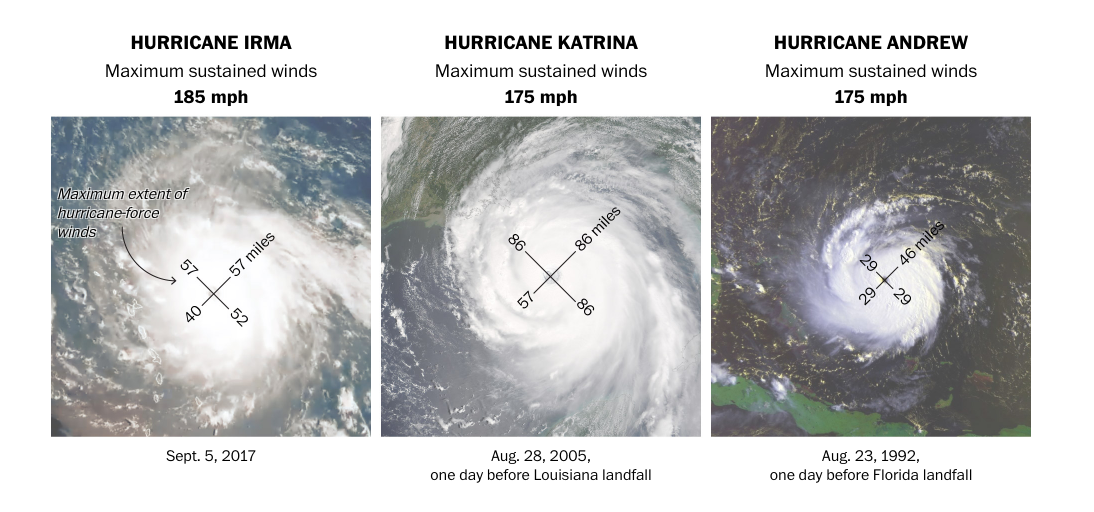 This naming convention has been established by the World Meteorological Organization Tropical Cyclone Programme.
This naming convention has been established by the World Meteorological Organization Tropical Cyclone Programme.
| Atlantic Basin | Eastern North Pacific Basin |
|---|---|
| Adria Braylen Caridad Deshawn Emery Foster Gemma Heath Isla Jacobus Kenzie Lucio Makayla Nolan Orlanda Pax Ronin Sophie Tayshaun Viviana Will | Aidan Bruna Carmelo Daniella Esteban Flor Gerardo Hedda Izzy Jacinta Kenito Luna Marina Nancy Ovidio Pia Rey Skylar Teo Violeta Wilfredo Xinia Yariel Zoe |
Hurricane Katrina is one of the most destructive hurricanes in US history.
August 29, 2005, he hit the southern states of the United States.
Hurricane began to form on August 23, 2005 in the Bahamas. On August 25, it passed over the coast of Florida near Miami, where it caused significant damage and the death of 14 people. Then, weakening to a tropical storm, the hurricane turned towards the Gulf of Mexico.
In the southeastern part of the bay, the storm quickly recovered to a hurricane and began to move in a northwesterly direction, then turned north.
Moving towards the southeast coast of the US state of Louisiana, the hurricane intensified. It was rated Level 5 (highest) on the Saffir-Simpson Hurricane Scale.
The National Hurricane Center in Miami, Florida reported winds at Katrina's epicenter reaching 280 kilometers per hour and continuing to increase.
On August 28, as a hurricane approached, emergency services alerted residents of New Orleans, Louisiana, to the oncoming storm and ordered them to evacuate. For those who, due to health reasons, could not be evacuated, the city authorities and rescue services have prepared ten fortified shelters, including a shelter at the Superdome.
The exodus of millions of people from south Louisiana caused traffic congestion, long queues at gas stations and shops.
About 80% of the local population left the city and its environs.
However, not all residents were able to evacuate. Tens of thousands of citizens lived below the poverty line and did not have money for the road, hotels. Public transport stopped working, and it was extremely difficult to leave the city without your own car.
There are about 150,000 people left in New Orleans, mostly poor people and blacks.
Some residents of New Orleans decided to wait out the hurricane in place and did not think that it would end in a flood. The city, located on the Mississippi River between Lake Pontchartrain and the Gulf of Mexico, where the river floods almost every year, has 17 pumping stations that pump excess water through special artificial channels to Lake Pontchartrain. Since about 70% of New Orleans is below sea level, almost the entire territory of the city is protected by special dams. Therefore, the flood did not frighten people.
Therefore, the flood did not frighten people.
In connection with the approach of Hurricane Katrina to the US coast, residents were also evacuated in other US states. In total, more than a million people were evacuated in the states of Louisiana, Mississippi and Alabama.
In the Gulf of Mexico, all work on oil platforms was completely stopped, the port was closed.
On August 29, the hurricane reached the southeast coast of the United States. The state of Louisiana, south and central Mississippi, south Alabama, west Georgia, west and south Florida fell into its zone of action.
The Katrina Center hit the Louisiana coast just south of the city of Buras at 7:10 AM ET (3:10 pm Moscow time). By this time, Katrina had already weakened to the third category of danger out of five possible, that is, the wind speed was about 200 kilometers per hour.
Those who did not have time or did not want to evacuate felt the arrival of the hurricane about an hour before the epicenter reached the coast. In the indoor building of the Superdome stadium in New Orleans, where about 30,000 people took refuge, the electricity was turned off at 06.02 US East Coast time (14.02 Moscow time).
In the indoor building of the Superdome stadium in New Orleans, where about 30,000 people took refuge, the electricity was turned off at 06.02 US East Coast time (14.02 Moscow time).
Hurricane Katrina, the epicenter of which hit New Orleans around 18:00 Moscow time, caused severe flooding in a number of low-lying areas of the city, the dams were broken in several places. The water came from the lake, which was a complete surprise for the remaining residents. 80% of the city's territory was under water at a depth of up to six meters, many buildings collapsed. Luckily, only the historical center of the city, the "French Quarter", turned out to be unflooded. It is one of the few areas in New Orleans that are above sea level.
Even when the hurricane ended, the water continued to flow, conquering more and more areas, destroying roads, bridges and protective dams.
The city's business district, almost the entire tourist infrastructure, and hospitals were almost completely destroyed. The rescue of people from flooded areas was carried out with the help of boats and helicopters. Due to poor coordination between rescuers, the police and the army, many people waited for days for help, the crime rate jumped sharply in New Orleans, looters appeared.
The rescue of people from flooded areas was carried out with the help of boats and helicopters. Due to poor coordination between rescuers, the police and the army, many people waited for days for help, the crime rate jumped sharply in New Orleans, looters appeared.
The hurricane then moved to Mississippi. In the coastal regions of the state, many small settlements were flooded. 800 thousand people were left without electricity and telephone communications.
43,000 US National Guard soldiers, 4,000 Coast Guardsmen and about 15,000 regular army personnel participated in the rescue operation in the disaster zone.
As the hurricane moved over land, it lost its strength, turning into a tropical low pressure area in Tennessee.
His further path lay to the north, to Canada, which also suffered a little from his destructive actions. The weakened hurricane disappeared on August 31 in the Great Lakes region located in the United States and Canada.
Hurricane Katrina killed 1,836 people and virtually destroyed New Orleans.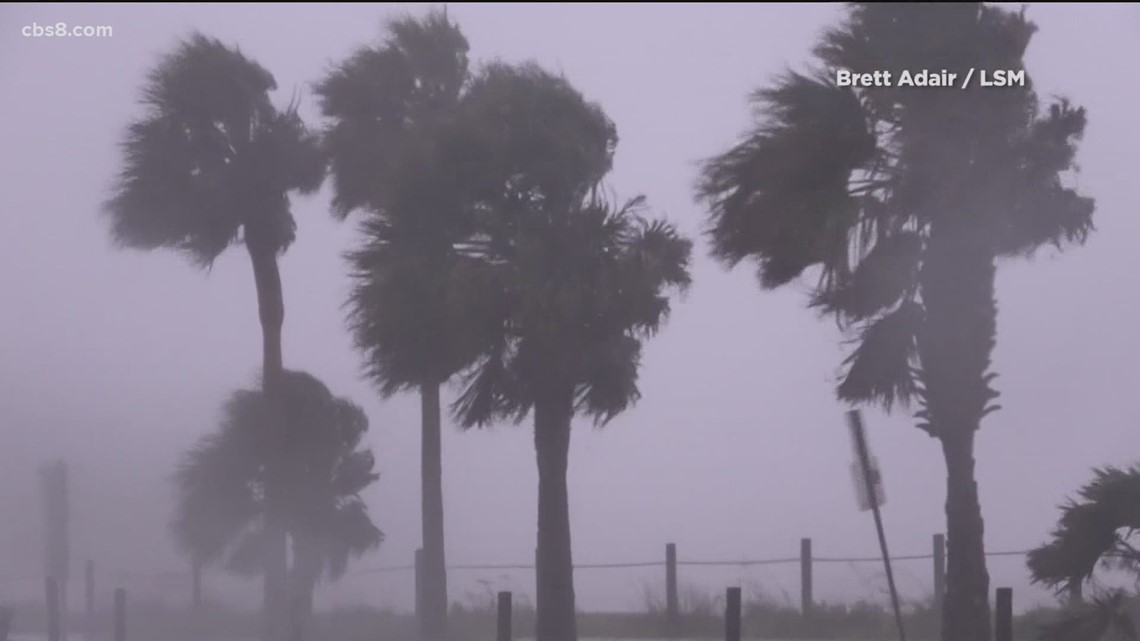
A natural disaster led to a major environmental disaster: over 34 million liters of oil spilled in southern Louisiana, more than 100 oil platforms were seriously damaged, 52 were completely destroyed.
Hurricane Katrina reported $125 billion in damages, according to the National Weather Service. Approximately half of this amount - 60 billion - is the loss of insurance companies. The US Congress allocated $110 billion to rebuild the affected areas.
The material was prepared on the basis of information from RIA Novosti and open sources
transported by helicopters, hidden in prisons. What measures do zoos have to resort to to protect animals, says Gazeta.Ru.
Hurricane Irma swept through Cuba and hit Florida. Millions of people were evacuated, dozens of cities were affected.
Animal rescue in zoos was a separate item.
On September 7, when Irma reached Cuba, workers at the Dolphinarium on the island of Cayo Guillermo hurriedly evacuated six dolphins.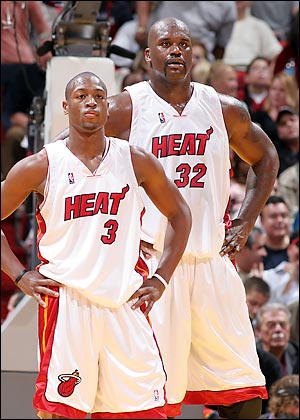 They wrapped the animals in wet towels and loaded them into a helicopter. The dolphins were accompanied by a veterinarian and two trainers. Photos of dolphins ready to fly were published at Facebook .
They wrapped the animals in wet towels and loaded them into a helicopter. The dolphins were accompanied by a veterinarian and two trainers. Photos of dolphins ready to fly were published at Facebook .
close
100%
Judging by the photo, a Cuban Mi-8 military helicopter was involved in the operation.
The dolphinarium was right in the path of the hurricane and the dolphins could have died.
The only way to save the animals was to move them to another place. For this, the dolphinarium in Cienfuegos, 240 km from Cayo Guillermo, was chosen.
After the flight, veterinarians carefully examined the dolphins to make sure they were not too stressed by the change of scenery.
“If, due to the weather, it is not possible to keep them in the dolphinarium, they will be transferred to the salt water pool at the hotel,” comments Gonzalo Escobar, manager of the dolphinarium.
close
Full gallery can be viewed
in a separate report
View photo
Cuba had a hard time dealing with the hurricane.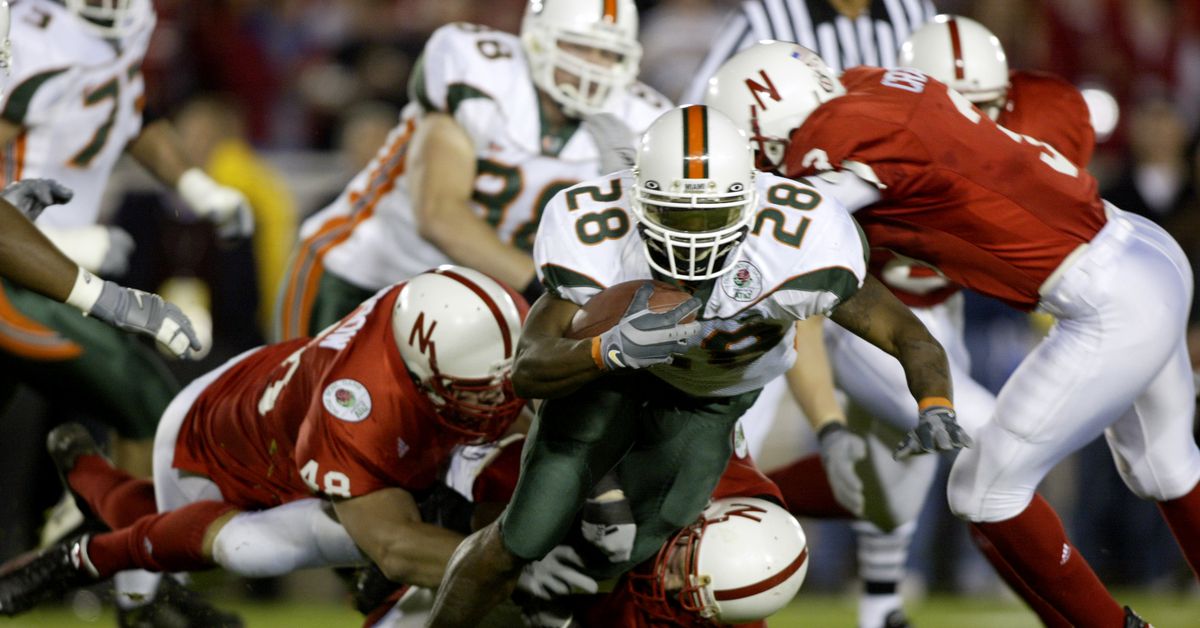 There were cell outages across the country. At least one bridge and several communication towers collapsed. Dozens of coastal towns were affected.
There were cell outages across the country. At least one bridge and several communication towers collapsed. Dozens of coastal towns were affected.
In the fishing town of Caibarien, a giant wave covered the houses, after which all the streets and buildings were covered with viscous mud and algae. The capital of the country was also under attack from the elements. About 10 thousand people were evacuated from the central regions of Havana due to the danger of severe flooding.
After Cuba, the hurricane moved to Florida.
Emergency measures were taken in Monroe County. There, 426 prisoners were distributed to other prisons, and the vacated cells became a temporary shelter for 250 animals, among which were horses, sheep, alligators, sloths and emus.
Many animals from Gulfstream Park have been relocated to any suitable building north of the park, from cowsheds and barns to educational facilities, Associated Press reports .
But the management of the zoo in Miami decided not to transport animals to another place.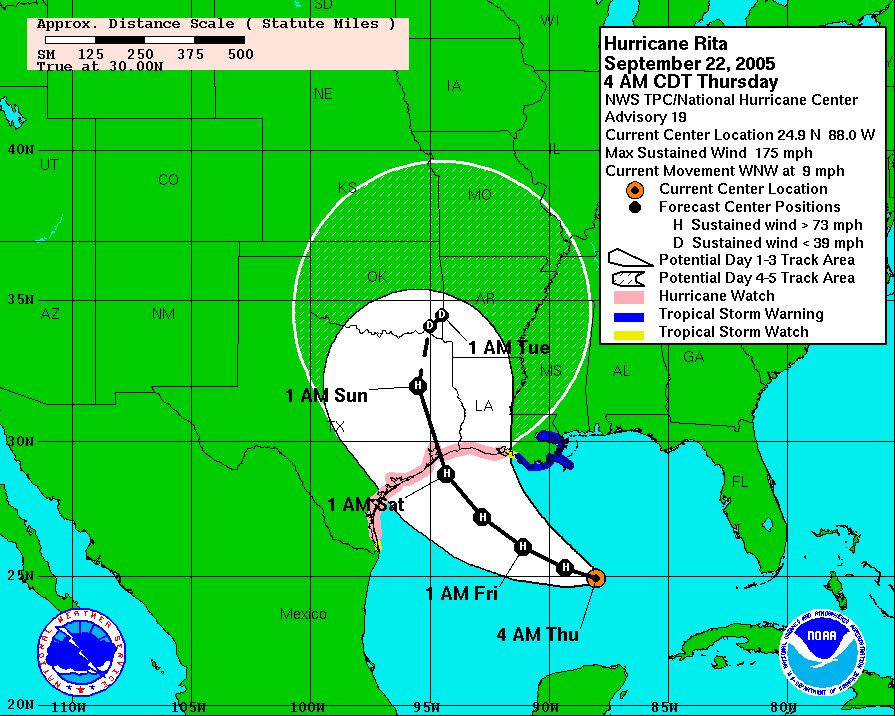 Instead, the zoo staff placed the animals in reinforced concrete bunkers, news agency Reuters reported.
Instead, the zoo staff placed the animals in reinforced concrete bunkers, news agency Reuters reported.
After Hurricane Andrew in 1992, many animals died and suffered in the zoo. Employees had to look for sometimes quite unusual ways to save animals -
for example, flamingos were placed in the men's room during the storm.
Having eliminated the consequences, the zoo management took precautionary measures - in particular, the construction of reliable shelters for the most fragile animals, such as flamingos. More hardy, it was decided to leave in their places.
In addition, everything that a hurricane could have lifted into the air, such as garbage cans and signs with pointers, was removed from the zoo. Food was stored and the backup power generators were tested. In 2005, in New Orleans, due to failed generators, many inhabitants of the Aquarium of the Americas died.
The zoo will be closed to visitors for some time to clean up after the hurricane.